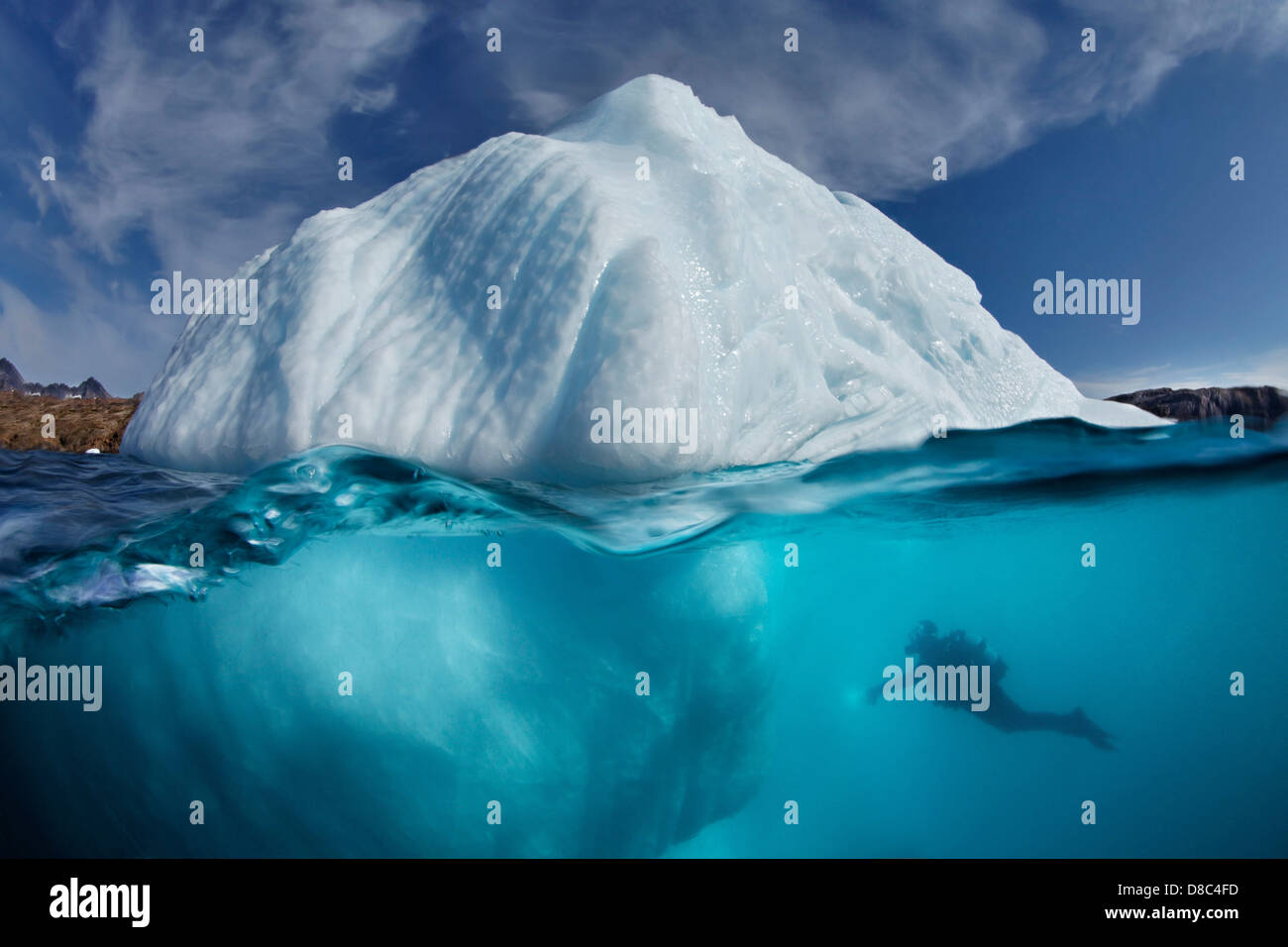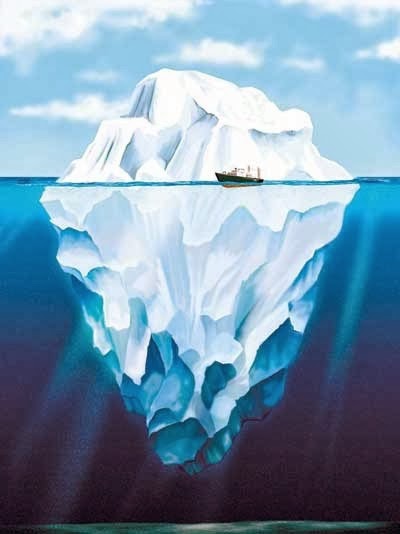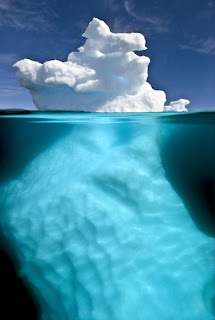

Western Australian Exercise Area Blue Whale Project, Final Summary Report, Milestone 6 (PDF) (Report).

Moodus noises, strange sounds heard in Moodus, Connecticut, later attributed to microquakes.The Forest Grove Sound, a sound heard in Forest Grove, Oregon during February 2016.It is being investigated by Canadian military authorities. It is heard in the Fury and Hecla Strait of northern Canada. The Ping, described as "acoustic anomalies" whose "sound scare sea animals".Bio-duck, a quacking-like sound produced by the Antarctic minke whale.This was found during the tracking of iceberg A53a as it disintegrated near South Georgia Island in early 2008, suggesting that the iceberg(s) involved in generating the sound were most likely between Bransfield Straits and the Ross Sea, or possibly at Cape Adare in Antarctica, a well-known source of cryogenic signals. Numerous icequakes share similar spectrograms with Bloop, as well as the amplitude necessary to spot them despite ranges exceeding 5,000 km (3,100 mi).

The NOAA Vents Program has attributed Bloop to a large icequake. While the audio profile of Bloop does resemble that of a living creature, the source was a mystery both because it was different from known sounds and because it was several times louder than the loudest recorded animal, the blue whale. Īccording to the NOAA description, it "rises rapidly in frequency over about one minute and was of sufficient amplitude to be heard on multiple sensors, at a range of over 5,000 km (3,100 mi)." NOAA's Christopher Fox did not believe its origin was man-made, such as a submarine or bomb. The Upsweep's level of sound (volume) has been declining since 1991, but it can still be detected on NOAA's equatorial autonomous hydrophone arrays. Scientists/researchers of NOAA speculate the sound to be underwater volcanic activity. The source can be roughly located at 54°S 140°W / 54°S 140°W / -54 -140, between New Zealand and South America. The sound appears to be seasonal, generally reaching peaks in spring and autumn, but it is unclear whether this is due to changes in the source or seasonal changes in the propagation environment. The source level is high enough to be recorded throughout the Pacific. It consists of a long train of narrow-band upsweeping sounds of several seconds in duration each. This sound was present when the Pacific Marine Environmental Laboratory began recording its sound surveillance system, SOSUS, in August 1991. Upsweep is an unidentified sound detected on the American NOAA's equatorial autonomous hydrophone arrays. Problems playing this file? See media help.


 0 kommentar(er)
0 kommentar(er)
